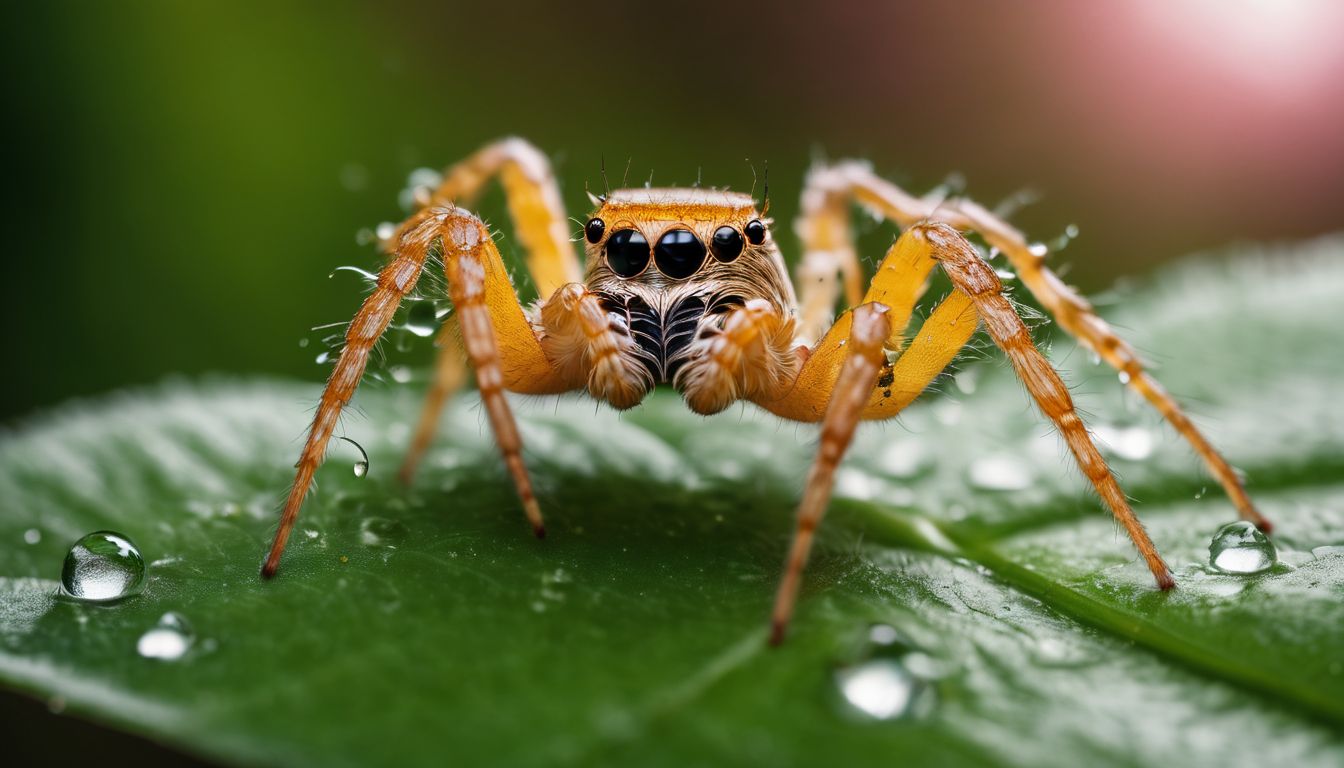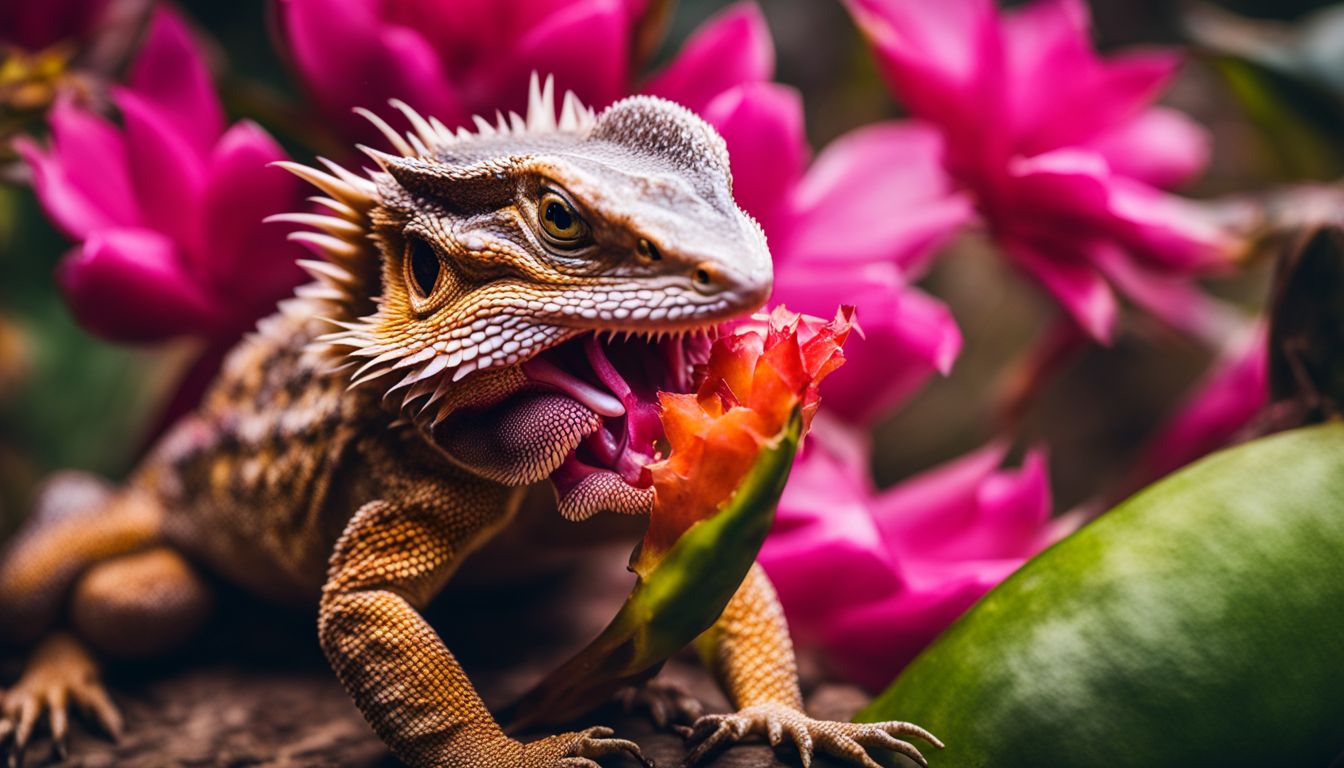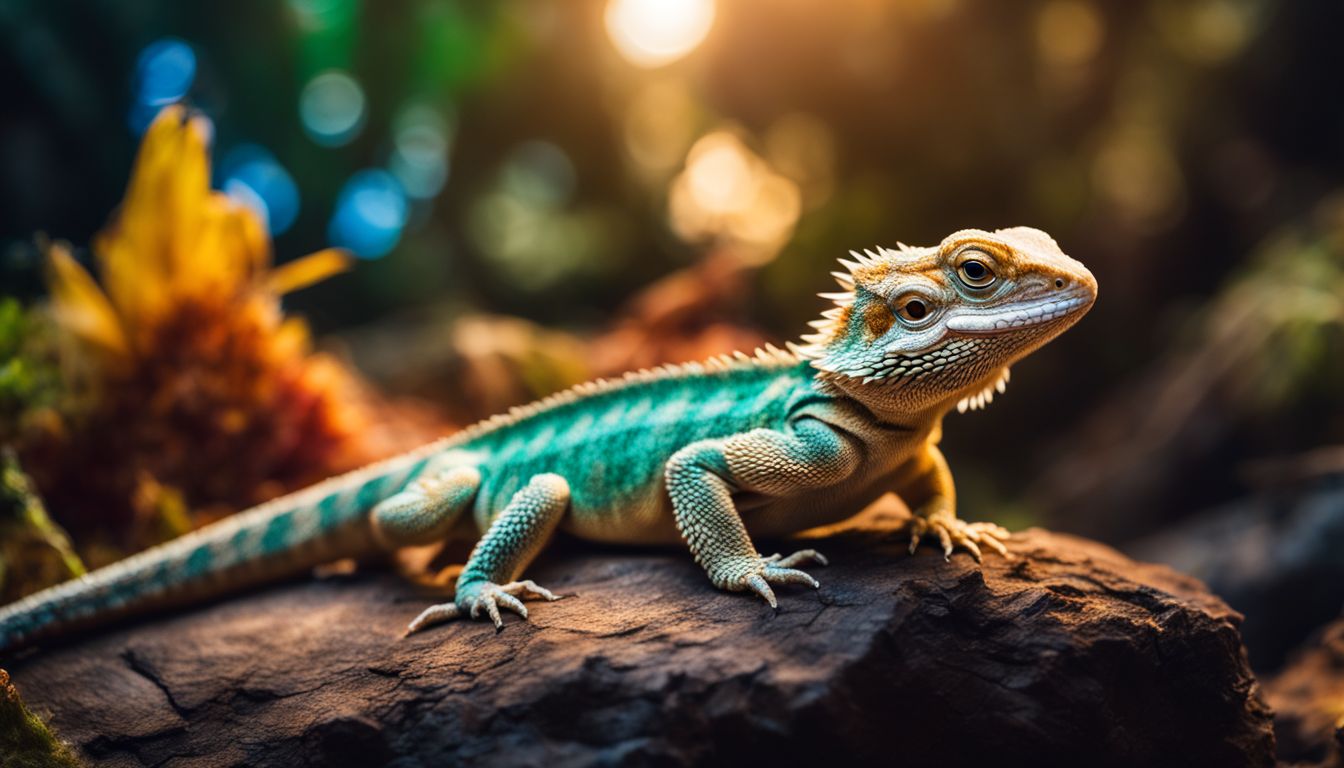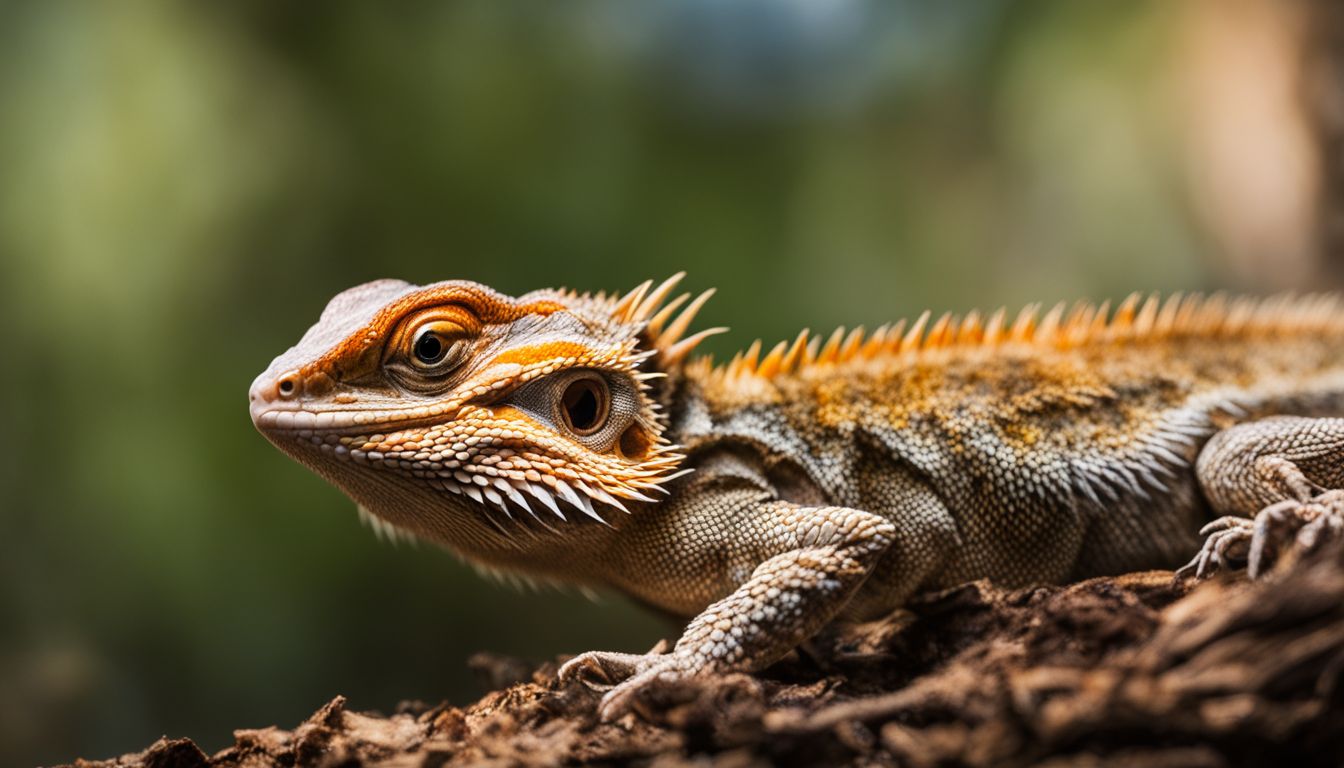Many of us wonder about the secret lives of spiders, especially if they need to drink water like other animals. One surprising fact is that despite their mysterious ways, spiders do indeed require water to survive.
This blog post will unveil the truth about spider hydration, from how they sip on tiny droplets to what happens when they don’t get enough moisture. Stick around, it’s time for some amazing discoveries!
Key Takeaways
- Spiders need water to survive and hydrate themselves through various sources like prey, water droplets, dew on plants, damp soil, and air humidity.
- Debunking myths about spider drinking habits reveals that they do not drink from human mouths or eyes, nor do they sip blood; instead, they primarily get their water from their food.
- Observations and owner testimonials provide compelling evidence that spiders indeed drink water, highlighting the importance of recognizing dehydration in pet spiders to ensure their well-being.
Unraveling the Mystery: Do Spiders Drink Water?
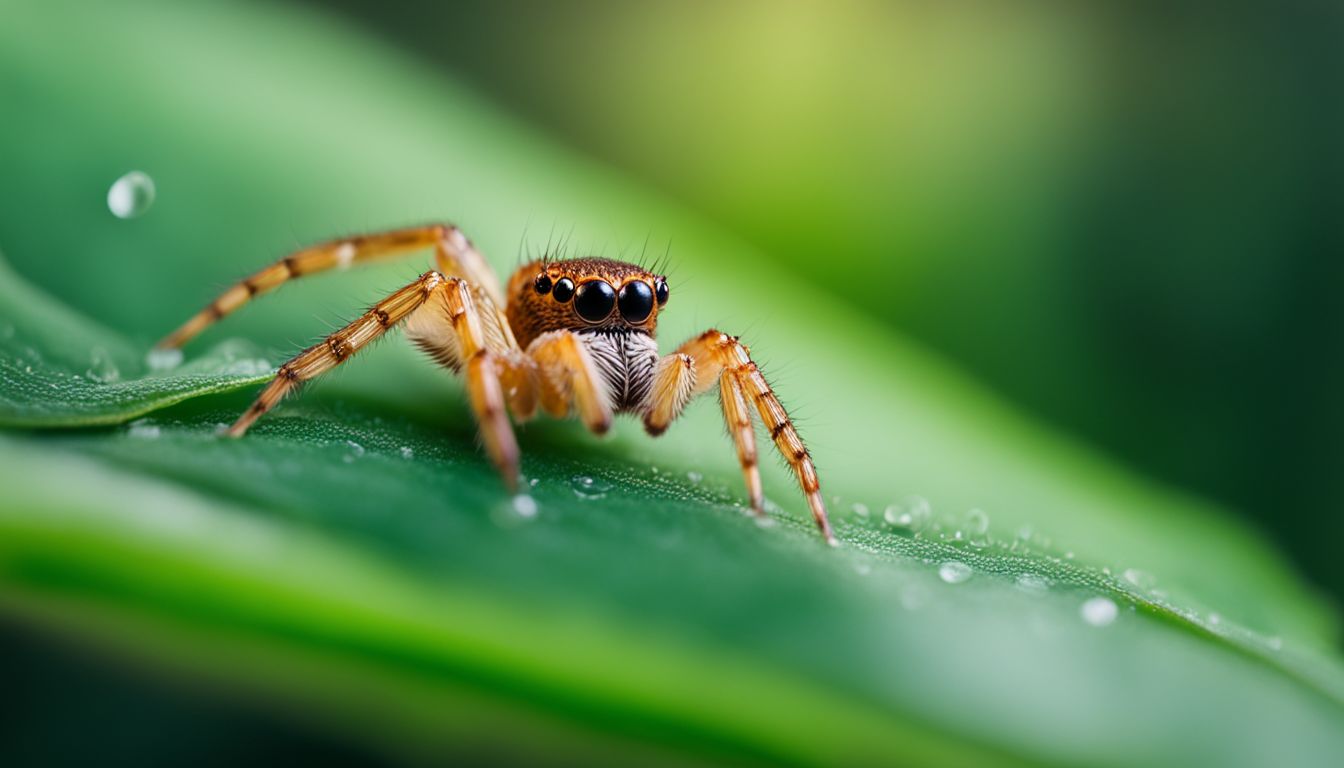
Let’s delve into the truth behind spider hydration and debunk some myths about their drinking habits. We’ll explore how spiders actually hydrate themselves and the various water sources they rely on.
Debunking Myths About Spider Drinking Habits
Some people think spiders drink from human mouths or eyes while they sleep. This is not true. No one has ever seen this happen, and no science backs up these stories. Spiders do not sip on blood either.
They get most of the water they need from their food just like many other animals.
Spiders can also find tiny drops of water in their webs or around them to drink when they are thirsty. Tarantula owners often don’t see their pets drinking because these big spiders like to have a sip in private, usually away from light and people.
So if you own a tarantula, it might be drinking without you knowing!
How Spiders Hydrate Themselves
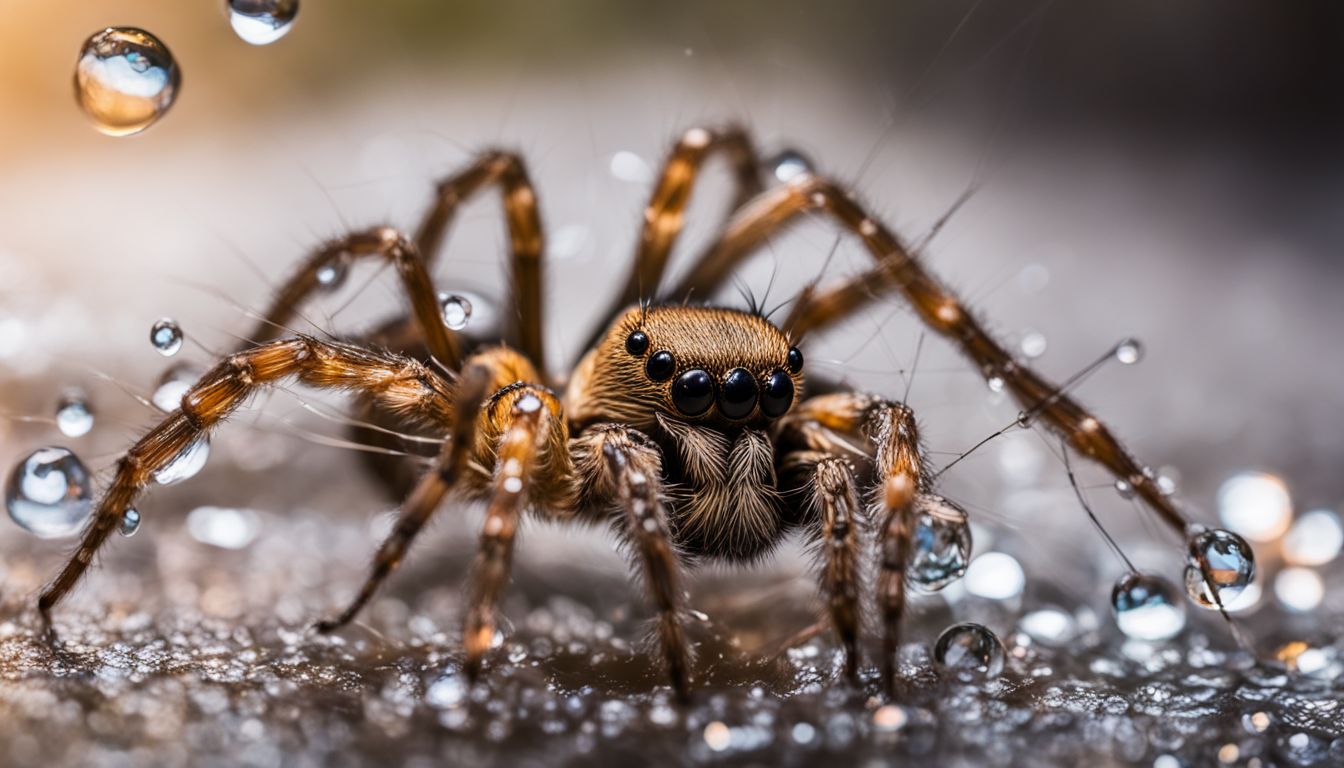
Spiders hydrate themselves through various sources such as prey and water droplets, providing essential moisture for their survival. To learn more about the fascinating ways spiders stay hydrated, keep reading!
https://www.youtube.com/watch?v=EgnZKKB6guE
Water Sources for Spiders
Spiders need to drink just like any other living creature. They find water in different places.
The Role of Prey in Spider Hydration
Moving from the ways spiders find water, it’s important to look at how their meals help them stay hydrated. Prey plays a big part in spider hydration. These creatures get most of their moisture from bugs and other animals they catch.
Their food isn’t just for energy; it also gives them the water they need.
Spiders have a special way of eating that helps them drink up liquids. First, they trap or grab their meal with their legs and mouthparts called chelicerae. Then they squirt out digestive juices onto the prey to break it down outside their bodies.
Once it is all soft and soupy, spiders suck up the liquid along with all the nutrients and water inside their catch. This process keeps spiders well-hydrated without having to look for puddles or drops of water like many other animals do.
Observing Spider Drinking Behavior
Rare sightings of spiders drinking water have been reported by owners, and in some cases, videos and photos captured this unusual behavior. To learn more about the fascinating world of spider hydration habits, keep reading!
Rare Sightings and Owner Testimonials
Some people who keep pet spiders have observed their spiders drinking water. This has debunked the myth that spiders do not drink water at all. For instance, owners of tarantulas and spiderlings like Grammostola rosea have reported seeing their pets drinking water from a shallow dish or droplets on leaves.
One study even found that alcohol can affect a spider’s ability to spin webs. Some arachnid enthusiasts have shared rare sightings of watching their pet spiders hydrate themselves, shedding light on this unusual behavior.
These owner testimonials provide valuable insights into how these creatures satisfy their hydration needs in captivity, helping novices better understand and care for their eight-legged companions.
Tarantula Drinking Habits Up Close
Tarantulas, like other spiders, drink water by sipping it. They do this when they find droplets on leaves or the ground. In the wild, tarantulas can also get water from their prey.
When kept as pets, it’s important to provide them with a shallow dish of clean water for drinking. Some owners have witnessed their tarantulas taking regular drinks from these dishes.
Observing a tarantula drinking is a rare sight but an interesting one. Owners often report seeing their pet tarantulas leaning down and delicately lapping up water from the dish using their mouthparts.
Can Spiders Swim? Exploring Their Interaction with Water
Spiders can indeed swim, but not all of them do so willingly. Some species of spiders have been observed using their legs to paddle across bodies of water, while others have been seen gliding on the surface tension of water as a means of moving around.
This behavior has been particularly noted in fishing spiders and some other aquatic spider species, indicating that these creatures are more water-savvy than previously thought.
Aquatic spiders display a vast and specialized array of adaptations, suggesting they lead more water-inclined lives than previously thought. The ability to navigate through water expands the ecological niche for spiders and sheds light on their remarkable adaptability.
Recognizing Dehydration in Spiders
Recognizing dehydration in spiders is crucial for their well-being. By understanding the signs of dehydration and providing water to pet spiders, you can ensure that they stay healthy and hydrated.
Signs of Dehydration in Arachnids
Signs of dehydration in spiders are important to recognize.
- Jerky, uncontrollable movements can indicate dehydration. Spiders may appear restless and agitated.
- A shrunken abdomen with a wrinkled appearance is a clear sign. The abdomen may look smaller than usual and have wrinkles on the skin.
- Obviously undersized and lethargic behavior could mean the spider is dehydrated. They may be less active and appear smaller than normal.
- Spiders might not eat well if dehydrated as they need water to digest their food properly.
Importance of Providing Water to Pet Spiders
Recognizing when your pet spider is dehydrated is crucial to their well-being. Spiders can experience dehydration, which may lead to serious health issues if not addressed. Providing a shallow water dish in your spider’s enclosure is vital for their hydration.
It gives them access to the water they need and helps prevent dehydration-related problems. Additionally, always ensure that the water provided is clean and free from contaminants or chemicals to keep your pet spider healthy and happy.
Pet owners should be aware of the importance of keeping spiders adequately hydrated for their well-being. Always offering a clean source of water in their habitat can help prevent potential health issues related to dehydration, ensuring a thriving environment for these fascinating creatures.
Conclusion
In conclusion, it is clear that spiders do drink water. Debunking myths about their drinking habits shows that they need water to survive, even if they don’t need it every day. Observations and owner testimonials provide evidence of spiders drinking water, revealing a fascinating aspect of their behavior.
Understanding how spiders hydrate themselves can help ensure their well-being in both the wild and as pets.
If you’re intrigued by how spiders interact with water, learn more about their abilities and limitations in our article “Can Spiders Swim?“
FAQs
1. Do spiders need to drink water?
Yes, spiders do need water to live. They drink little drops of water.
2. How do spiders find water to drink?
Spiders find water by coming across small droplets on things like leaves or in the web they make.
3. Can a spider get water from its food?
Spiders can get some moisture from the bugs they eat, like a wasp, but they still need to sip water too.
4. What happens if a spider does not get enough water?
If a spider doesn’t get enough water, it can become dehydrated and might die just like other living things would without water.

